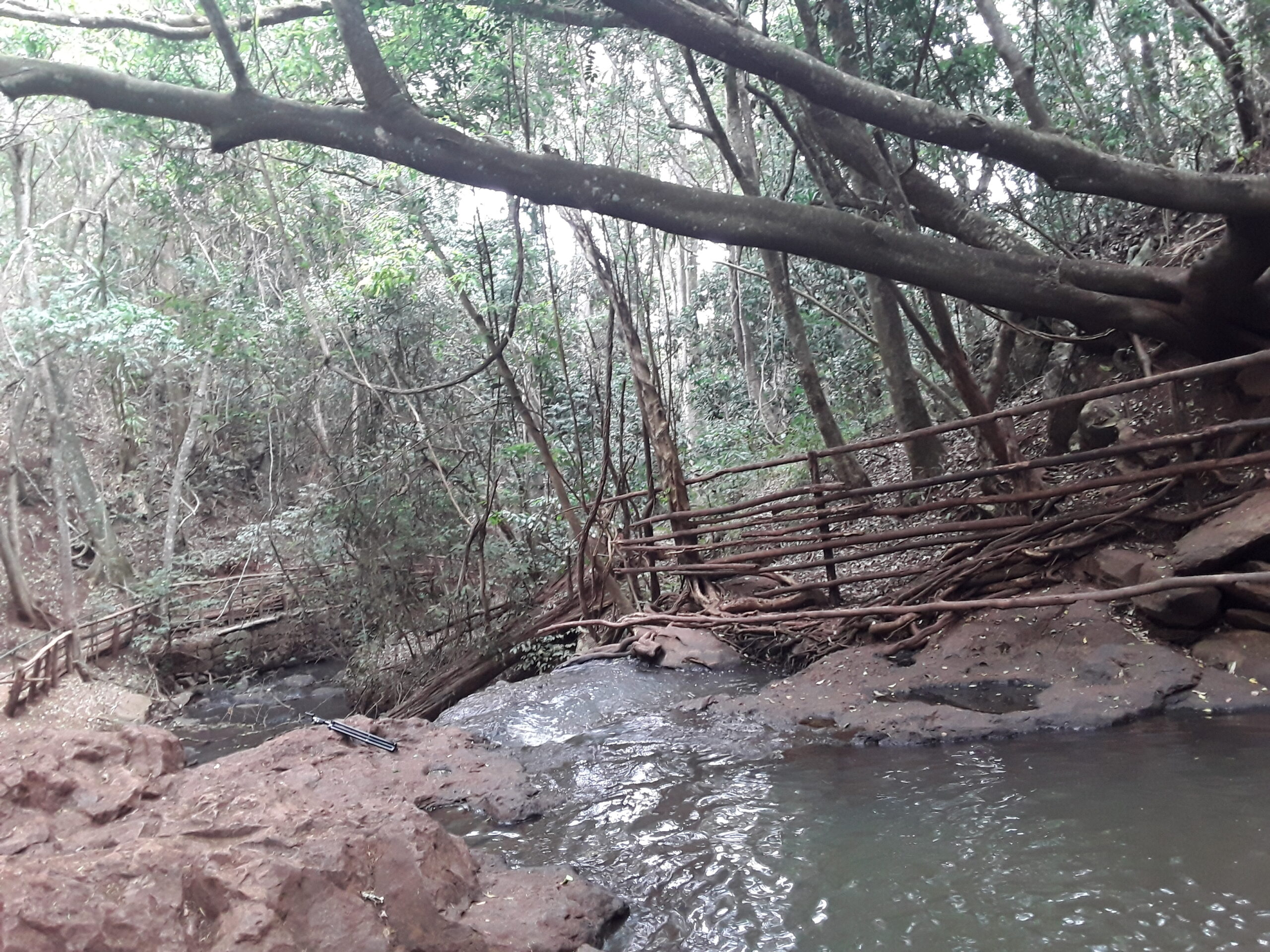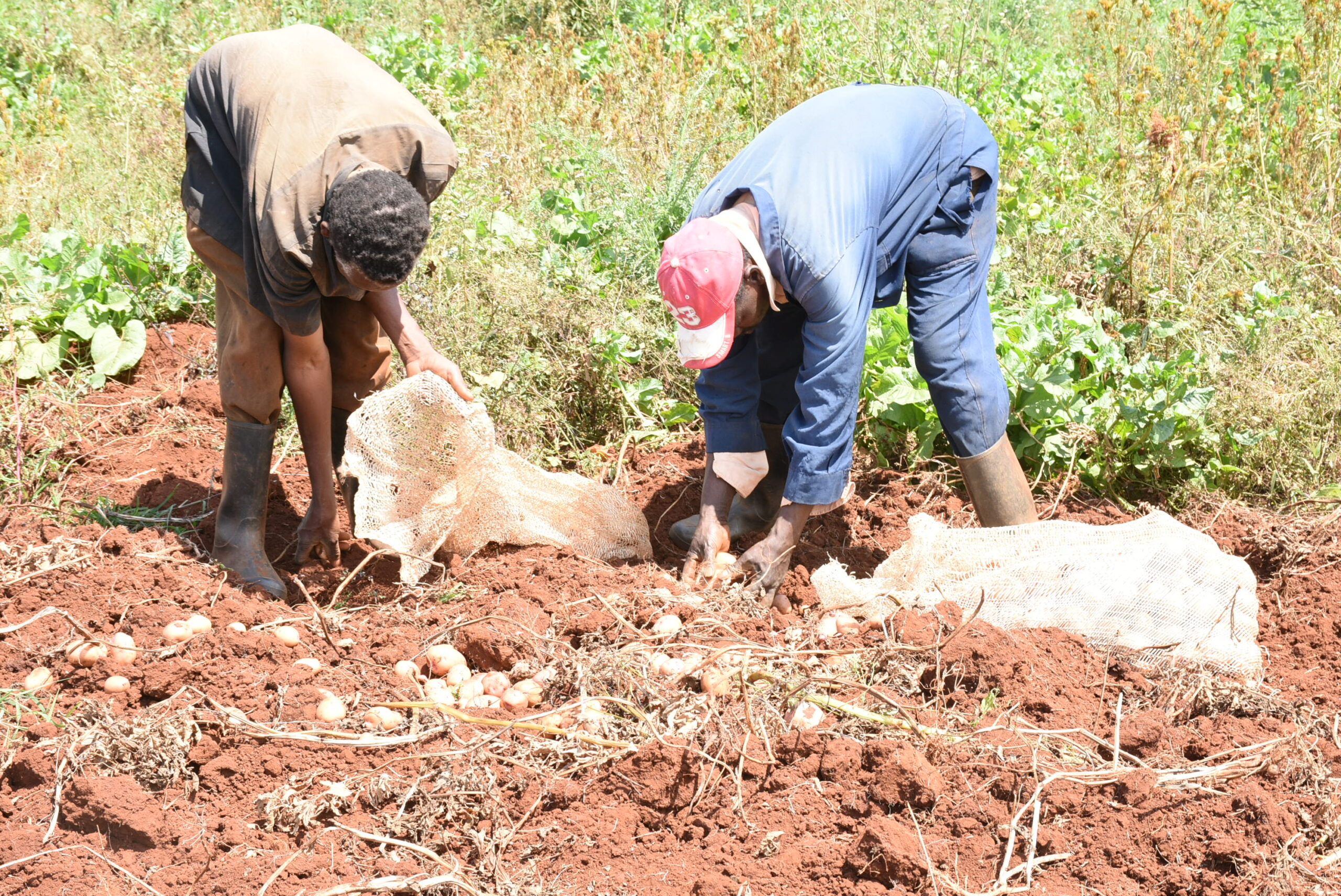Life as a corn farmer used to be predictable and profitable for Millicent Atieno.
Her two acres of land in Siaya County would produce 60 bags of corn, each weighing 90 kilograms, in one planting season. These days, she is lucky to harvest 20 bags.
“The rains come too early or too late. Our maize planting season starts in February but sometimes, the rain comes in April. It is hard to know when to start planting,” she says.
Atieno is one of an estimated 7.5 million smallholder farmers in Kenya who have to put up with extreme and drastic weather patterns.
Agronomic advisories for all wards in the 47 counties are uploaded onto the platform for dissemination to farmers through the online portal and Short Message Service.
But Atieno and other smallholder farmers may not have to worry anymore as an accurate weather forecasting platform is now in place and is intended to cushion them from imminent ruin.
Developed by the Kenya Agricultural and Livestock Research Organization (KALRO), the Kenya Agricultural Observatory Platform (KAOP) is an integrated online platform that uses geo-data from satellites to generate real-time and location-specific agro-advisories for farmers.
Smallholder farmers making informed decisions
The organization says KAOP is a very accurate weather forecasting platform with satellite-based accuracy.
Farmers and the general public can now get weather advisories instantly from the comfort of their homes.
Generated agronomic advisories for all wards in the 47 counties are uploaded onto KAOP for dissemination to farmers through the online portal and Short Message Service (SMS).

Climate change vulnerability has multiplied with shifts in the rainy season and longer dry seasons, disrupting growing seasons and leading to lower yields and subsequent food insecurity.
Against this backdrop, agronomic advisories are enabling smallholder farmers such as Ken Kosgei to make informed decisions.
Kosgei says the predictions are critical for the information serves as an early warning.
Farmers can protect their livelihoods and progressively build resilience against unpredictable weather.
Kenya’s agriculture sector accounts for an estimated 33 percent of the country’s Gross Domestic Product (GDP) and another 27 percent of GDP indirectly through linkages with other sectors.
“I used KAOP predictions to know when to start planting in 2022 and this year and I was not disappointed,” said Kosgei, a young farmer in the agricultural town of Kitale.
“Gone are the days when the long rains would start from March to May and the short rains season from October to December. Nowadays we experience heavy rains in July and August during the harvesting season.”
Kenya’s agriculture sector accounts for an estimated 33 percent of the country’s Gross Domestic Product (GDP) and another 27 percent of GDP indirectly through linkages with other sectors.
Additionally, the sector employs more than 40 percent of the total population and 70 percent of the rural population.

Unlike Joseph Kamau in Nyeri County who planted Irish potatoes, spinach, cabbages, and beans that are ready for harvest within three months, for fear of yet another poor corn harvest, Kosgei says KAOP helps users mitigate the effects of unpredictable weather patterns.
“The life of a farmer these days is that of panic planning. We constantly react to the weather because of uncertainties. When the rains come at the wrong time we get a poor harvest and also spend a lot of money fighting pests and diseases,” Kamau says.
The platform facilitates proper planning using up-to-date climate information to minimize the crippling effect that climate change has on livelihoods and the economy.
A World Bank report shows that smallholder farmers like Kamau account for an estimated 75 percent of the total agricultural output and about 70 percent of the marketed agrarian produce in Kenya.
As such, innovations such as KAOP are critical in reducing rural poverty as accurate weather predictions can significantly improve agricultural productivity.
KAOP facilitates proper planning using up-to-date climate information to minimize the crippling effect that climate change has on livelihoods and the economy.
Accelerate progress toward attaining SDGs
The innovation is three-pronged: it provides weather forecasts by making available real-time and historical records of all relevant variables including short-term weather forecasts.
There is the advisory aspect where generated agronomics lets farmers have the right information to monitor and predict the weather conditions at any given time.
“The system is very user-friendly and free of charge. The results are instant and easy to understand. There is a need to sensitize more farmers about it so they can utilize it.”
The system also provides agricultural insights by helping farmers determine geographically relevant weather patterns and adapt to the evolving environment.
“The system is very user-friendly and free of charge. The results are instant and easy to understand. There is a need to sensitize more farmers about it so they can utilize it,” Kosgei says.

Since it is a first of its kind in the region, KAOP has great potential to accelerate progress toward attaining Sustainable Development Goals (SDGs) 1 on ending poverty and goal 2 on ending hunger by increasing production and achieving food security.
By using the platform, farmers are also engaging in climate action by taking steps to navigate climate change in line with SDG 13.
Such innovative climate information systems could halt the pace at which agricultural land is slowly turning into a concrete jungle as farmers cornered by climate change turn farms into real estate.
